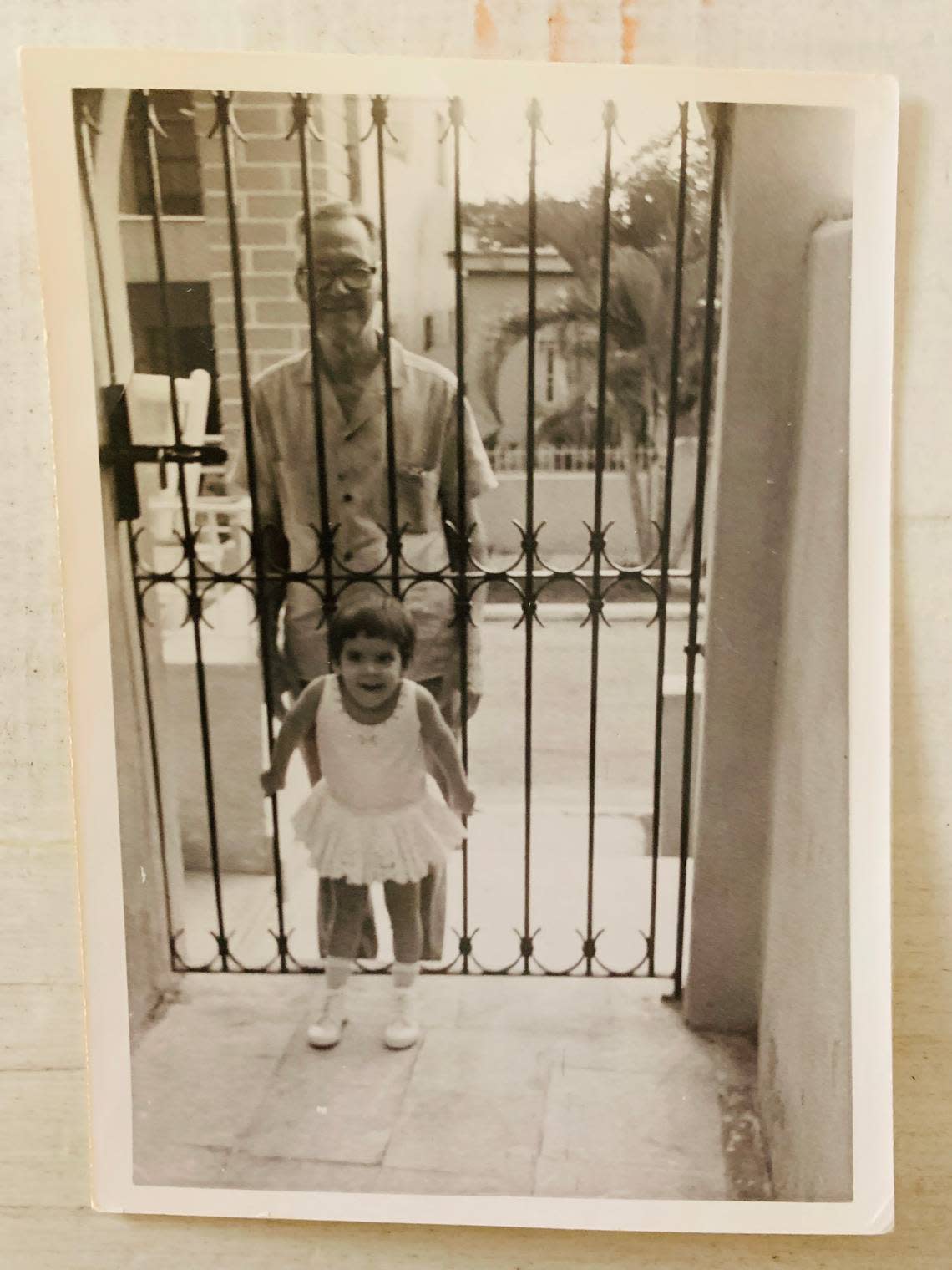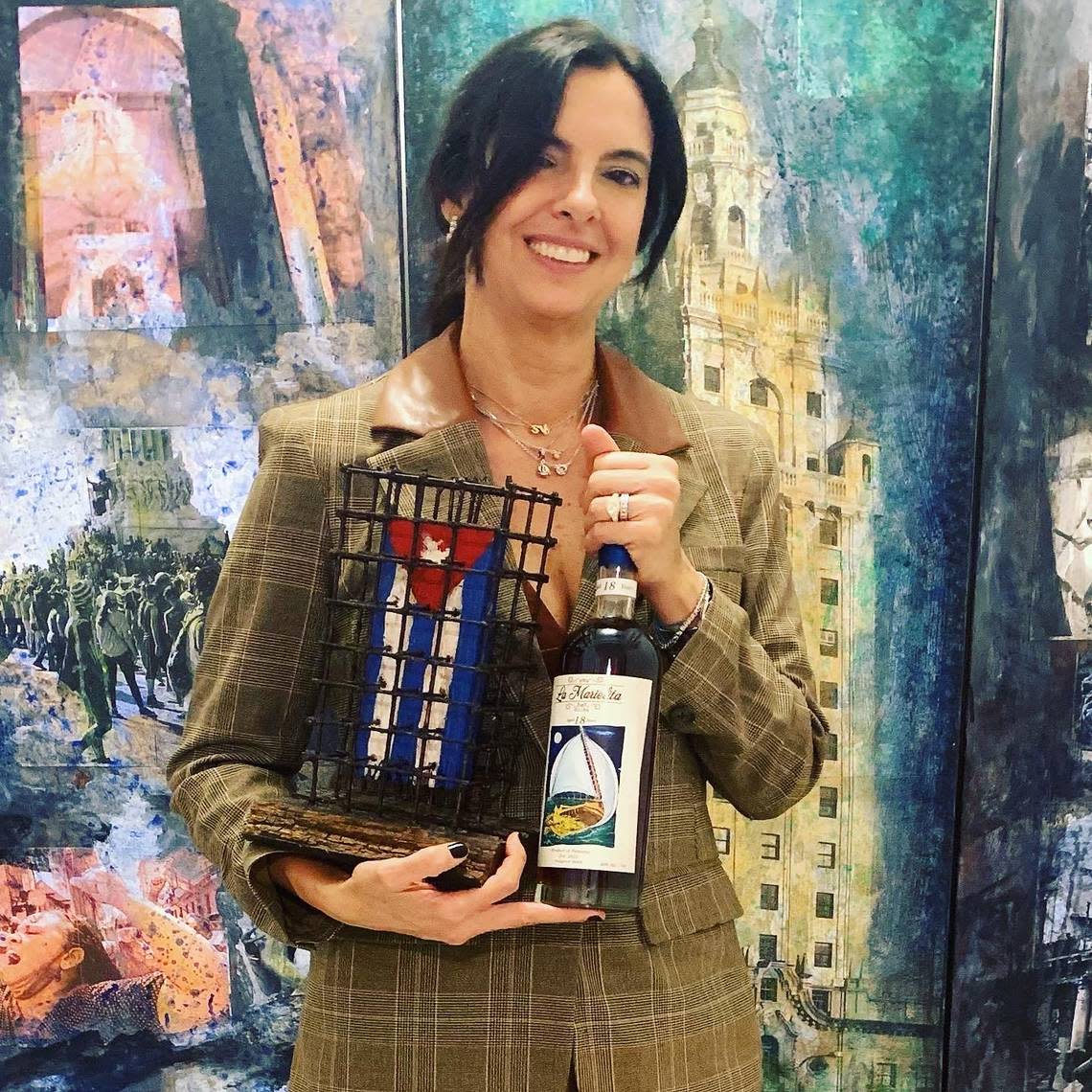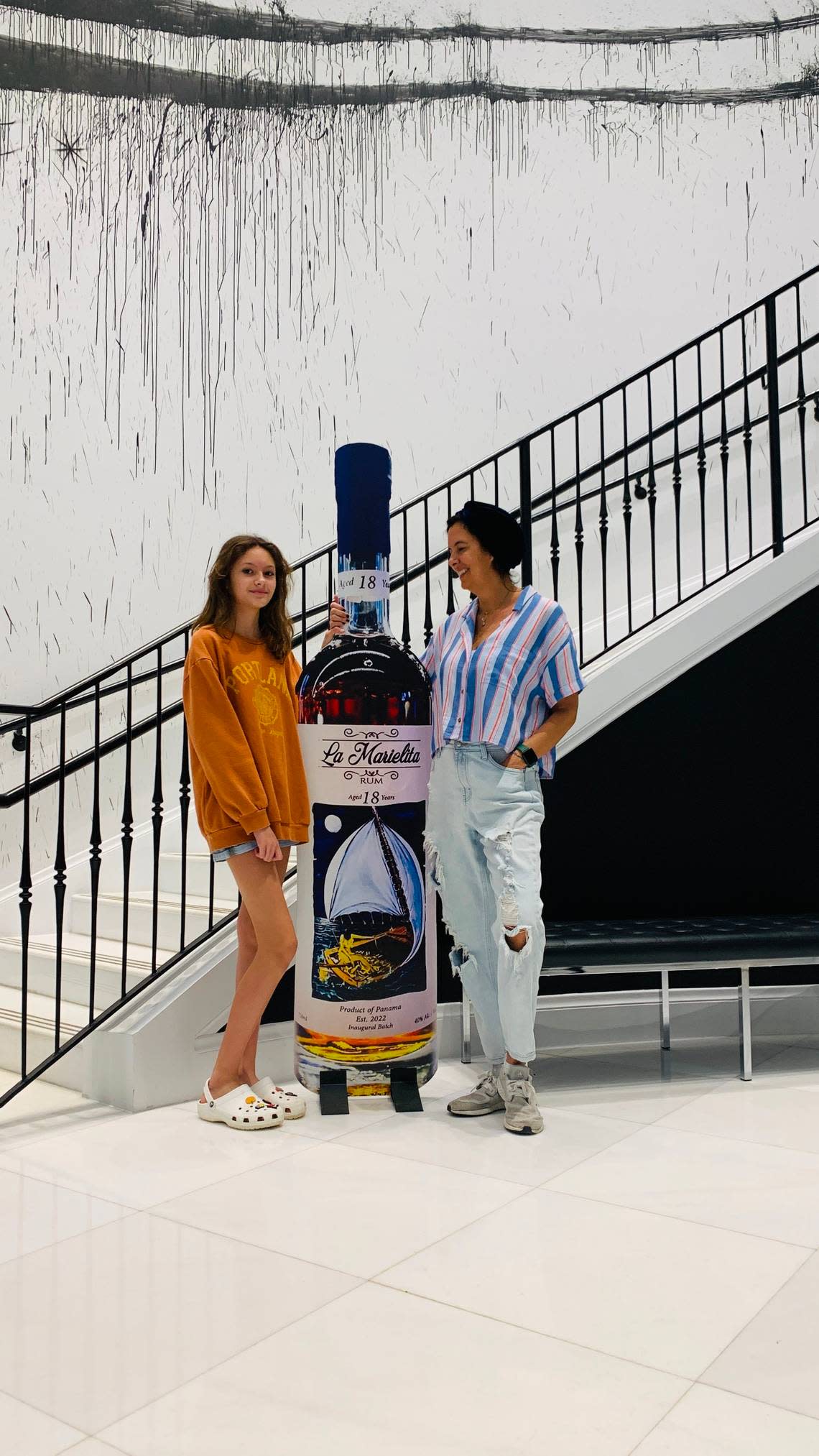She came to Miami from Mariel on a wooden boat. Now she has her own rum brand
The Mariel exodus has produced some of the best and worst moments for the image of the Cuban exiles in the United States. The arrival of 125,000 Cubans between April 15 and October 31, 1980 meant a cultural renewal for Miami due to the wide representation of artists from different disciplines who brought their contribution to the city.
The exodus also served as the background for one of the films deeply rooted in American popular culture, “Scarface.” Starring Al Pacino as Tony Montana, a “marielito” drug dealer and murderer, and directed by Brian De Palma, the movie is very difficult to ignore. “Scarface” heavily influenced the image of so many Cubans who came to this country to work, their reputations affected by the criminals that the government of Fidel Castro inserted among them, emptying the jails and sending them among the political refugees.
Now the Mariel exodus has inspired a rum, La Marielita, created by writer and businesswoman Janet Díaz Bonilla, who conceived it as a tribute to the freedom that those Cubans sought. As a 6-year-old girl, she herself made a 17-hour journey with her family in rough seas with 20-foot waves to reach the United States.
“The government told us to leave during a storm. It was a miracle we didn’t sink,” recalls Díaz Bonilla, referring to the Cuban government’s policy of overcrowding the boats with Cuban migrants like the fragile wooden boat that brought the family of Díaz Bonilla through the Straits of Florida.
“I was carrying a rag doll. The guard took it from me. It was the only thing I was carrying,” says Díaz Bonilla, who left the port of Mariel, west of Havana, on May 17, 1980.
This is one of her last memories of Cuba, after being in El Mosquito, the camp where the Cuban government gathered those who were going to emigrate to assign them to the boats. Almost no one was ever able to leave in boats their Miami relatives had rented or were piloting themselves.
A rum and a movie script
La Marielita rum has its origin in a movie script that Díaz Bonilla wrote to tell her side of the story, the one that is not in films like “Scarfac”e (1983) or “La Familia Perez,” a 1995 comedy in which a group of Marielitos, who are not related to each other, pretend to be a family to obtain advantages with the Immigration Service.
“The ones who came were not like Tony Montana, but instead many families like mine,” says Díaz Bonilla, who witnessed her family’s suffering before coming to the United States.
Her father was sentenced to eight years in prison after being caught 20 miles off the coast of Cuba trying to escape on a raft and suffered torture in Castro’s prisons.
“They put him in ‘the drawer’ for six months,” says Díaz Bonilla, referring to the narrow cells in which at times they confined up to four naked prisoners, who remained standing and took turns so that at least one of them could sleep.

Her grandfather “Manolo,” Luis Manuel Díaz, owned several markets and sweet shops which were confiscated. Precisely in one of these markets in Artemisa, a town on the outskirts of Havana, he sold fine liquors. Díaz Bonilla thought of his efforts as an entrepreneur, and also his loss when she was creating the rum. Her grandparents couldn’t come to Miami until 1989.
“La Marielita” was a label that weighed heavily on Díaz Bonilla, who upon her arrival in Key West, was sent with her family to Fort Chaffee, an army training center in Arkansas, where 19,000 refugees from the Mariel exodus were confined while their immigration documents were processed.
Faced with the delays, the Cubans protested violently on June 1, 1980, causing a crisis that resulted in the death of a refugee and several injured among the Cubans and also among the state policemen who tried to stop the riot.
“They set fire to the barracks, and we had to run to avoid burning ourselves. They dragged me across the floor. I still have the mark on my leg,” recalls Díaz Bonilla.
Finally in Miami, the 6-year-old girl faced discrimination due to the bad image that the new exiles had.
“When I was taken to the school to enroll, the principal said that I couldn’t be in that school because the parents didn’t want Marielitos to be there,” says Díaz Bonilla.
Now, whenever she tells the story of her rum, she speaks about this exodus, which she feels doesn’t get the same attention as previous Cuban exoduses like Operation Pedro Pan or the Freedom Flights.
Cuba, Nicaragua and Panama united in a rum
With all these life experiences, Díaz Bonilla and her husband registered thescript “La Marielita,” and while waiting for it to be filmed, they decided to turn it into a rum.
To make it, they chose Panama on the recommendation of Díaz Bonilla’s husband, who was born in Nicaragua, and knows the good reputation of Central American rums. The next step was to contact a distillery of the National Liquor Consortium and one of the most important rum masters, the Cuban Francisco Fernández Pérez, “Don Pancho,” established in Panama since the 1990s.

“The last thing I thought was that my master rum maker would be a Cuban,” says Díaz Bonilla speaking of Don Pancho, who comes from a family of master rum makers.
The Cuban art of making rums was named in December as part of the Intangible Cultural Heritage of Humanity, along with flavors and traditions such as the French baguette and Chinese tea.
“Don Pancho brought great confidence, as someone who has been formulating rums for more than 60 years. He also has an excellent understanding of our culture and traditions,” says Díaz Bonilla, who asked Don Pancho to make the rum appealing to both the feminine palate as well as the masculine.
He succeeded with celebrity cars, and now his Polish vodka is taking off in Miami
“I always say that La Marielita has enough body to please men and it is smooth enough for women to enjoy,” says Díaz Bonilla of the rum aged for 18 years in Bourbon whiskey barrels.
A psychology graduate and author of the books “Rainbow House” and “Carpool,” Díaz Bonilla was recently recognized as an entrepreneur at the Powerful Latinas Awards, given to 18 outstanding Latinas, in December in Doral.

La Marielita’s label, based on a painting by Humberto Benítez, a Cuban artist who has his gallery in Coral Gables, reflects the essence of Janet as a girl and the businesswoman she has become. Dressed in yellow, due to her devotion to the Virgin of Charity, patron saint of Cuba, a female figure turns her back to the viewer, to cross troubled waters. Cuba is behind and a whole life awaits ahead, including the unusual destiny for a writer who turns a script about a sad experience into rum. If this story had a soundtrack, it would be Los Matamoros’ “Lágrimas Negras,” with its transition from bolero to son.
The rum can be purchased at Miami stores such as Jensen’s Liquors, Vintage Liquors, Pantry Liquors, Sunset Corners, at Calle Ocho bars such as Ball & Chain and Cafe La Trova, and at https://lamarielita.com/
If you know someone whose story of personal and professional growth could be reflected in this series of profiles from El Nuevo Herald, you can contact smoreno@elnuevoherald.com or gguerra@miamiherald.com.
